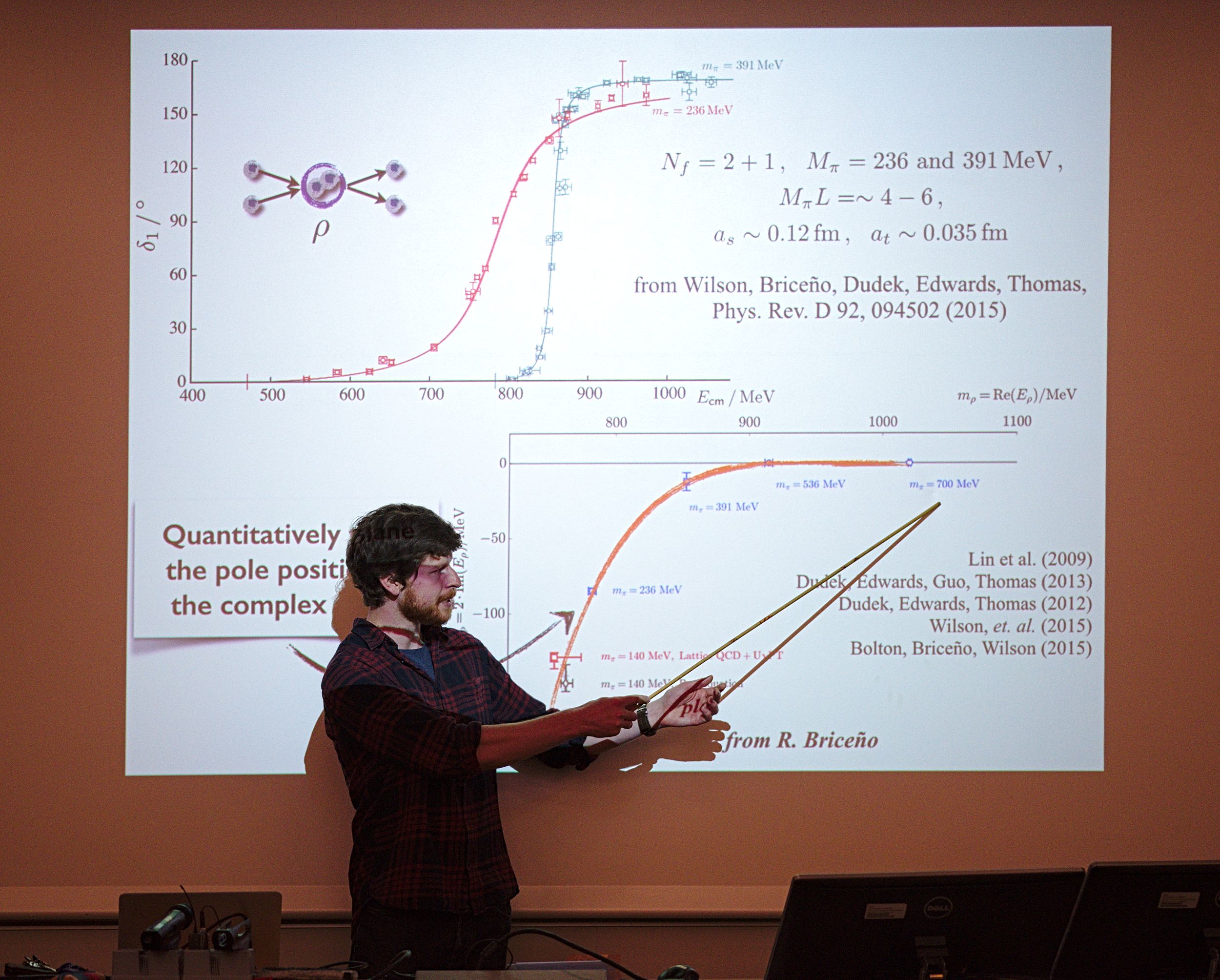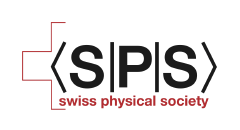YPF 2018 - High Energy Physics at CERN
4th - 6th May 2018
by Mirald Tuzi and Ana Roldan
In the suburbs of Geneva, amidst green fields which transition into an impressive mountain range, lies a world-famous research facility. Founded by twelve European countries in 1954, it has established itself as one of the most important places for particle physics research – CERN. It is this research center which has been chosen as the destination for YPF 2018.
The event began at the CERN main auditorium with a presentation of Dr. Maria Giulia Ratti, who introduced us to the CMS (Compact Muon Solenoid) experiment and the search for dark matter which is her main field of research. Finding a dark matter particle has proven to be a tough task, no possible candidate has been detected yet. It is important to note however, that the dark matter research could go well beyond the standard model, combining the observations from astrophysics with the experiments from particle physics.
After this outlook, we went on to the next talk which was held by Prof. Olivier Schneider. He is part of the LHCb (Large Hadron Collider beauty) experiment, which focuses on heavy flavour physics in order to explore so called New Physics. This could explain the CP-symmetry violation between matter and anti-matter, among other phenomena. As opposed to ATLAS (A Toroidal LHC Apparatus) and CMS, LHCb tries to find answers with indirect methods which require a high precision in measurements but in return do not rely as much on high energies as CMS and ATLAS. The prospects of the experiment are very exciting, as there is still a large amount of data to be collected.
In the evening we had dinner together at the CERN restaurant. We had time to exchange our thoughts and opinions on various topics for the rest of the night, not only with each other, but also with the speakers. This was the perfect opportunity to learn more about their work and how they started their careers in physics.
At the end of the evening we enjoyed the good weather while exploring CERN, playing board games or visiting the beautiful city of Geneva.










The second day began with a general introduction to CERN, showing parts of its history, its current state and future projects. Two particular proposed projects were of high interest – the Future Circular Collider (FCC) and the Compact Linear Collider (CLIC).
Following the introduction, we went on to visit the anti-matter factory with the ELENA (Extra Low Energy Antiproton ring) facility, which further decelerates and cools the antiprotons produced in the AD (Antiproton Decelerator) Hall. In the same morning we also paid a visit to CERN’s Data Centre, where we learned how the huge amount of data produced by the main LHC detectors is processed, filtered, saved and stored in order to retain all the valuable scientific results.








































After the visit we shared lunch with the tour guides and with the speakers. While eating we discussed about the future accelerators and the collaborative work environment that scientist and engineers experience while at CERN.
In the afternoon the first talk was held by Dr. Maxwell Hansen who showed us the more theoretical aspects of the strong interaction in quantum chromo dynamics (QCD) and lattice QCD in particular. He explained how the concept of Effective Theories comes into play and how it is possible to numerically approximate the solutions of his research problems by parametrizing our ignorance of the unknown. His focus is on approximating resonances which appear in processes involving the strong interaction. Using this approach he obtained numerically results that are compatible with experimental evidence.
Afterwards we heard the talk of PhD candidate Oliver Keller with the topic of pixel detectors in CERN’s experiments, such as ALICE (A Large Ion Collider Experiment), and how this technology can be used to obtain a live picture of the LHC beam. The presentation was followed by a live demonstration of a radiation detection setup using a software that he created himself, the iPadPix. The setup was able to not only determine the type of radiation (alpha, beta or gamma) from objects (e.g. uranium glass), but also estimate the released energy.
After the last talk of the day, Ana Roldan, president of the YPF, invited the all participants of the YPF to share their experience while studying physics by contributing to the YPF website. During the rest of the afternoon we got time to explore some historic sites at CERN, for example the library, the office where the World Wide Web was born and others. In the evening we had dinner with the speakers and continued enjoying our time at the largest physics laboratory of the world.

















On Sunday, the YPF event concluded with the presentation of Prof. Hans-Peter Beck, who is the current president of the Swiss Physical Society (SPS). He discussed his academic and scientific path and what he does at the ATLAS experiment. We learned how ATLAS helps to push the boundaries of the Standard Model, and, together with CMS, led to the ground-breaking discovery of the Higgs-boson, as predicted by Peter Higgs and François Englert in the sixties.
Finally, Prof. Beck also talked about the SPS, its purposes and activities, and also tackled some important issues within academia in general. He made the case how important dialogue and communication around science is, not only for maintaining the culture of the scientific method, but also to improve the cooperation within science itself. This was very fittingly for our event, as the YPF also aims at promoting exchange between the different physics departments of Swiss universities.
After a word of thanks to all the people that helped organize the event, everybody went to gather their things from the CERN hostel and went on to go back home. This concluded the 2018 edition of the YPF.











Pictures © 2018 Frédéric Dux, Mirald Tuzi, Ana Roldan, Johannes Wüthrich






